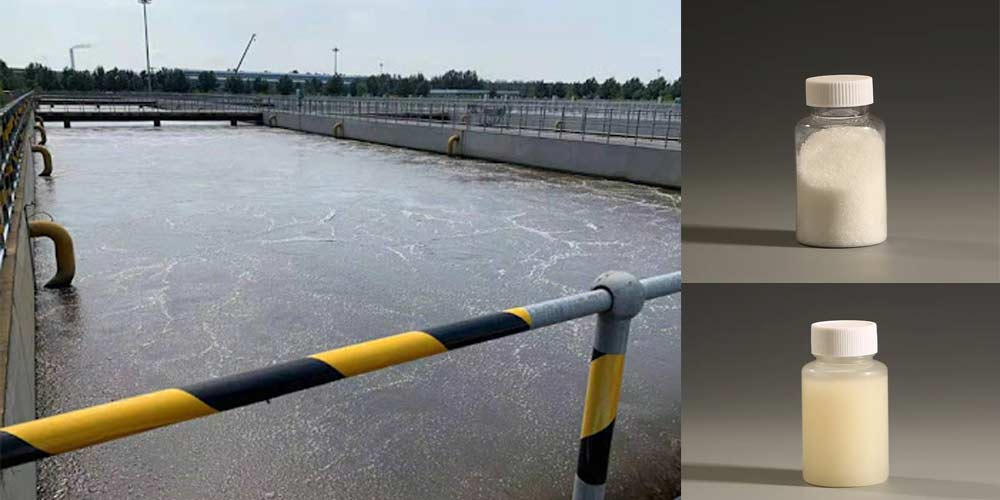Polyacrylamide is widely recognized for its effectiveness in flocculation, a process crucial in various industries such as wastewater treatment, mining, and papermaking. This synthetic polymer, composed of acrylamide monomers, possesses unique characteristics that make it particularly well-suited for flocculation applications.
First and foremost, the high molecular weight of polyacrylamide is a key factor contributing to its exceptional flocculation capabilities. The long chains of repeating acrylamide units allow for extensive interaction with suspended particles in a solution. This molecular structure enhances the polymer’s ability to form large and stable flocs, which are aggregates of fine particles. As a result, polyacrylamide can efficiently bind together smaller particles, facilitating their rapid settling or separation from the liquid phase.
The water-soluble nature of polyacrylamide further enhances its flocculation performance. Being soluble in water, polyacrylamide can be easily dispersed and mixed into a solution, ensuring uniform distribution throughout the system. This characteristic is essential for achieving consistent and effective flocculation, as the polymer needs to come into contact with all the particles in the solution to form flocs.
Polyacrylamide’s charge neutrality is another crucial aspect that contributes to its flocculation efficiency. The polymer is generally non-ionic, meaning it lacks a net electrical charge. This neutrality allows polyacrylamide to interact with a wide range of particles, irrespective of their surface charge. In contrast, anionic or cationic polymers might be selective in their flocculation properties, limiting their applicability to specific types of particles. Polyacrylamide’s charge neutrality makes it versatile and suitable for various water treatment scenarios.
Moreover, the controlled hydrolysis of polyacrylamide can introduce anionic groups, further enhancing its flocculation performance. By modifying the polymer’s charge characteristics, it becomes more effective in attracting and neutralizing particles with opposite charges. This versatility in charge manipulation allows polyacrylamide to adapt to different water compositions and tailor its flocculation abilities accordingly.
The flexibility of polyacrylamide in terms of its physical form also contributes to its efficacy in flocculation processes. It is available in various forms such as emulsions, powders, and gels. This diversity enables users to choose the most suitable form based on the specific requirements of their applications. For example, emulsions are often preferred for ease of handling, while powders provide convenience in storage and transportation.
In conclusion, polyacrylamide’s exceptional flocculation performance is attributed to its high molecular weight, water solubility, charge neutrality, versatility in charge manipulation, and flexibility in physical form. These properties collectively make polyacrylamide a highly effective and versatile polymer in facilitating the formation of stable flocs, thereby aiding in the separation and removal of suspended particles from liquid solutions in various industrial processes.
Post time: Feb-02-2024

